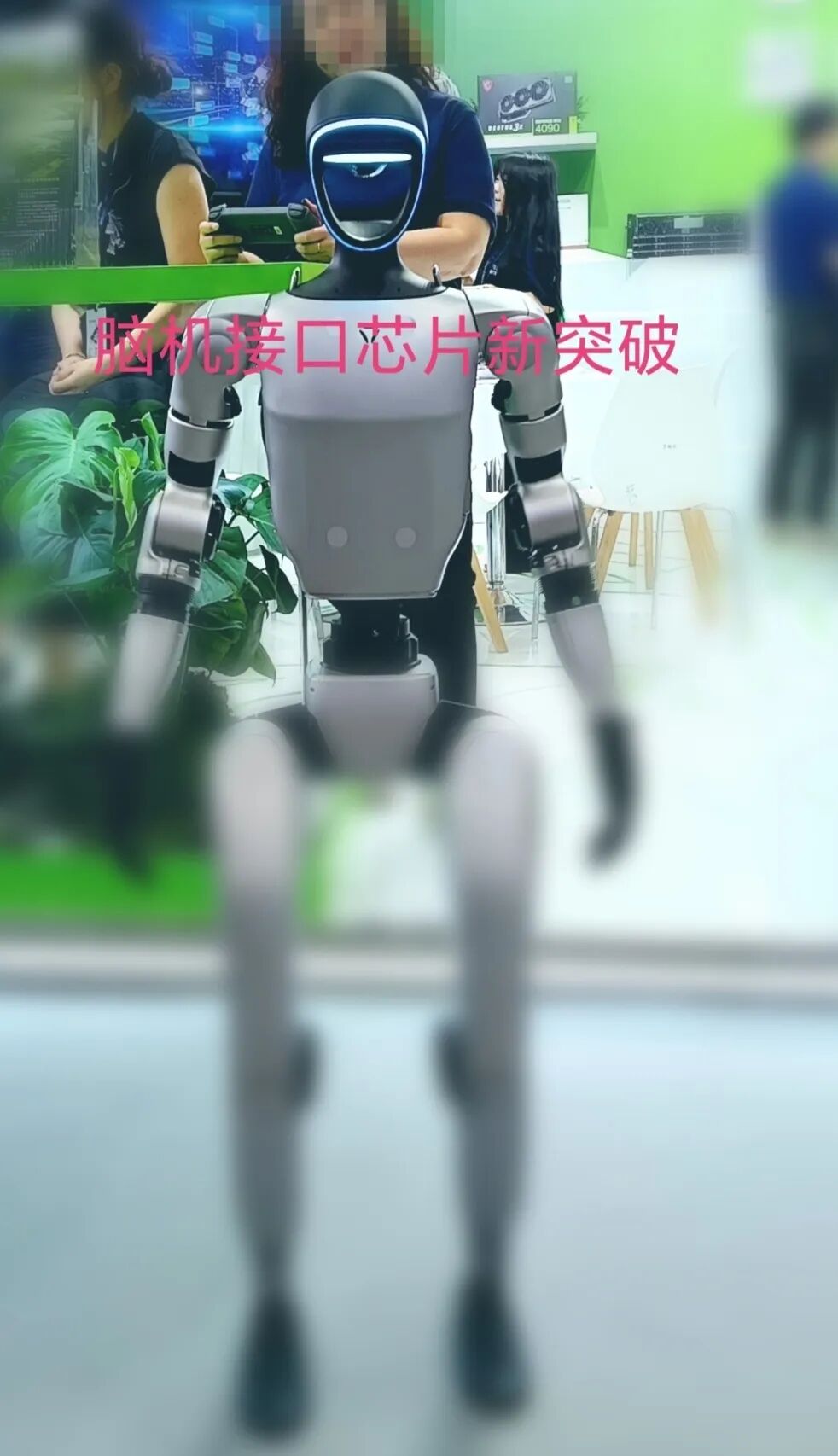On April 18, the School of Biomedical Engineering at Hainan University officially released its self-developed core technology and series of products for implantable brain-computer interfaces (BCI), including globally leading BCI-specific chips, neural signal acquisition systems, neural signal modulation systems, and neuron positioning systems.

Regarding the significant implications of this breakthrough, domestic analysts have stated that this marks China’s achievement of full chain technology autonomy in the field of brain-computer interfaces, injecting “Chinese chip” power into brain science research and medical applications.
The team leader stated: “The dedicated chip is the core of the brain-computer interface system. The team has always focused on chip development and iteration, adhering to independent innovation, and the chip’s performance has reached an internationally advanced level. We are committed to bringing research results out of the laboratory, breaking China’s dependence on imported invasive brain-computer interface chips, and helping the Chinese brain-computer interface industry take off.“
It is reported that Hainan University’s core technology breaks the dependence on imports, with performance reaching international top levels. The neural engineering team at Hainan University has developed multiple core chips for invasive brain-computer interfaces, including the SX-R128S4 high-throughput neural signal acquisition and stimulation chip, the SX-S32 high-degree-of-freedom neural modulation chip, and the SX-WD60 low-power wireless transmission chip.
According to relevant personnel, the aforementioned chips achieve full-link coverage of brain-computer interface signal acquisition, modulation, and transmission, with performance on par with international first-line products.
When it comes to the widespread dissemination of brain-computer interface chips, we must thank Elon Musk, who frequently mentions the progress and application prospects of brain-computer interface chips. In March 2024, Musk revealed that his brain-computer interface company Neuralink’s brain implant chip, Blind sight, will become the next generation product following “mind reading”.
Musk stated earlier this week that Neuralink’s upgraded brain-computer interface chip “Blindsight” may be implanted in human patients for the first time by the end of 2025. In January of this year, he revealed that by 2025, 20 to 30 human patients would be able to receive the new upgraded version of Neuralink’s experimental brain-computer interface implant chip.
China also places great importance on the development of brain-computer interface chips. According to semiconductor industry insights, as early as February 2025, Tsinghua University’s School of Integrated Circuits collaborated with Tianjin University’s Brain-Computer Interface Haihe Laboratory to propose a new brain-computer interface solution based on memristor-like brain computing chips. The team developed a 128Kb scale memristor chip as an adaptive EEG decoder, constructing a complete brain-computer interface system that achieves long-term stable, efficient, and high-precision EEG decoding and brain-computer collaborative evolution.
Why do both China and the US value brain-computer interface chips so much? Because they have promising application prospects. Brain-computer interface chips can be used for neural rehabilitation, helping paralyzed patients regain motor function; they can also be used for the diagnosis and treatment of neurological diseases such as epilepsy and Parkinson’s disease. Additionally, they have significant applications in assistive technology, human-computer interaction, and more.
Currently, the brain-computer interface chip market is showing rapid growth. According to relevant data, by 2024, China’s brain-computer interface market size is expected to reach 3.2 billion yuan, an 18.8% increase from last year. The domestic shipment volume of brain-computer interface devices is expected to reach 32,000 units in 2024, a year-on-year increase of 210%.
China’s brain-computer interface technology has made significant progress in various fields. For example, Fudan University’s “three-in-one” brain-spinal interface technology, the Beijing Brain Science and Brain-like Research Institute’s “Beijing Brain No. 1”, and East China University of Science and Technology’s non-invasive systems. Additionally, China has pioneered the “dual-loop” brain-computer interaction system in the non-invasive field.
On the policy front, Beijing and Shanghai have successively proposed specific action plans to support the development of the brain-computer interface industry. Beijing has also issued the “Action Plan for Accelerating the Innovative Development of the Brain-Computer Interface Industry in Beijing (2025-2030)”, proposing that by 2030, the brain-computer interface industry ecosystem in Beijing will be initially formed.
In terms of technical routes, brain-computer interface technology is divided into invasive, semi-invasive, and non-invasive types, each with its advantages and application scenarios. The brain-computer interface industry chain covers upstream chips, basic databases, and system software, midstream hardware device manufacturing, software/algorithm development, and downstream applications in healthcare, commercial entertainment, and public services.
Currently, there are relatively few companies in China’s brain-computer interface industry, but it is developing rapidly. Some companies have achieved significant results, such as the brain-computer interface product NEO developed by Boruikang Medical Technology in collaboration with Tsinghua University, which has achieved success in clinical trials. Brain-computer interface technology is penetrating multiple fields, including healthcare, education, entertainment, and military applications. In the future, China is expected to form a complete brain-computer interface industry ecosystem, covering upstream brain-computer interface devices, chips, and surgical instruments, midstream signal acquisition, processing, and analysis systems, as well as downstream application peripherals and software.
Although the future of this market is promising, brain-computer interface chips face many technical challenges. The editors of Semiconductor Industry Insights believe that these challenges involve signal acquisition, processing stability, and compatibility issues, such as the precision of signal acquisition and decoding, which remain key problems. The signal quality and precision of invasive brain-computer interfaces are limited by the number and position of electrodes, while non-invasive brain-computer interfaces face issues of high signal noise and low resolution. Additionally, the biocompatibility of implant materials and the long-term stability of electrodes are also significant challenges.
In the future, this market is very promising. It is expected that by 2027, China’s brain-computer interface market size will reach 5.58 billion yuan, and the global brain-computer interface market size is expected to reach 40 billion US dollars by 2030 and 145 billion US dollars by 2040. The promising market outlook is encouraging, with both China and the US starting from the same starting line, allowing for competitive achievements.